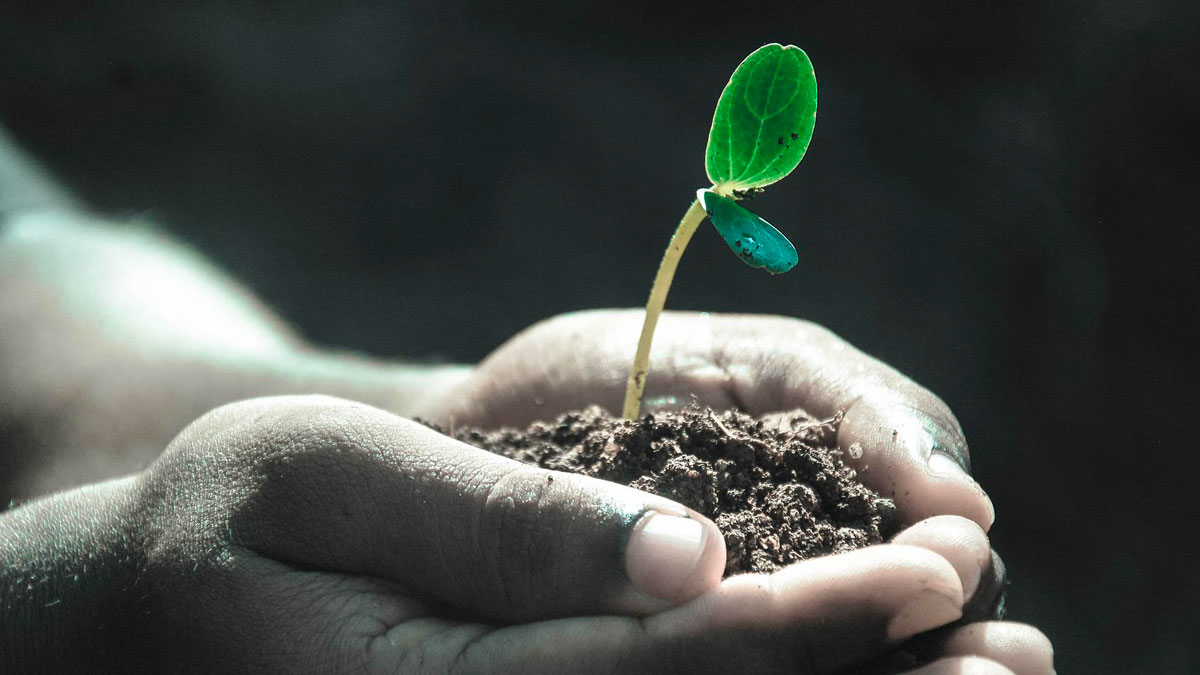
- Home Garden
-
by Paul Rushton
Soil is important, really important.

We all know that plants derive nutrients from the soil. They also take up all water from the soil as well. But what many people don’t realize is that other living things in the soil can also be crucial in helping your plants grow well and thrive. This new knowledge of the importance of “living soils” shows us that the organisms in your soil (called the rhizobiome) are as important to your plants as nutrients or sunlight.
These organisms can bring huge benefits to your plants. This includes
- Greater yields
- Higher quality
- Faster germination
- Increased nutrient uptake.
- More nitrogen fixation.
- Higher levels of photosynthesis
- More sugars
- Higher levels of disease resistance
- Greater insect resistance
- Larger root system
- Greater drought tolerance
- Lower levels of toxins
- More trichomes
- More biochemicals
- Greater tolerance of flooding
- Greater resistance to nematodes
Unquestionably, this is a huge number of benefits, but the soil also contains organisms that will harm your plants and cause disease. So this exciting new era will also present plenty of challenges.
Over the last decade, I have seen several of my former colleagues who are trained in molecular biology (as I am), become fascinated by the rhizobiome. As we move away from the old ignorant chemical-based age of growing plants we are developing a new more holistic view of growing plants based on the complete ecosystem.
Obviously, this is both exciting and daunting because it is not simple. The soil is very complex and there are important questions to be answered as we move into this more enlightened era.
What organisms are in the soil?
Which of them are beneficial to the plants?
Which are detrimental?
How can I combine the beneficial organisms to get the best possible results?
Well, some of the best beneficial organisms are already known to us. Mycorrhizae, Trichoderma, and Beauveria bassiana, for example. But even here, we are well short of knowing how to combine these fungi to best effect. For example, last weekend, I was at an event at a local hydroponics store. I was asked how best to use both Mycorrhizae and Beauveria bassiana in a single grow. Unfortunately, I was forced to admit that I didn’t know.
What we do know is that both Mycorrhizae and Trichoderma interact primarily with plant roots but that Beauveria bassiana interacts with the whole plant. So, Beauveria in the leaves and stem – check! But what about the roots? Do the three organisms work together to produce a synergy? Do they largely not interact at all? Are they actually detrimental to each other?
At present, I don’t know the answer to these questions for sure. However, I do know that the answers to these and other questions will propel growing to the next level. This will be the future.

So, how do you build up a living soil with organisms that will benefit your plants?
Well, the most common way is to start with soil that already contains mycorrhizae. This is very simple as there are many brands of soil that can be bought from garden centers or hydroponic stores that already contain mycorrhizae. However, if you want to introduce a beneficial organism for your whole plant, stems and leaves as well as roots, then what you need is Beauveria bassiana. Unquestionably, the way to inoculate with Beauveria for home and garden grows is to use Prime Superior Concentrate.
Just 3 ml of Prime Superior Concentrate is enough for a gallon of water or nutrients. Just flood the roots and watch the results! The best part is that Beauveria is a generalist and can form a beneficial symbiosis with pretty much any plant. What this means for you is that you can use your water or nutrients on your house plants, on your fruit and vegetable plants, on your lawn, on whatever you are growing in your growth room. On everything. No need for different products for different types of plants.
So, the best first step in building a living soil is easy and you can have the benefits now!
Get help from nature and throw away those chemicals!



